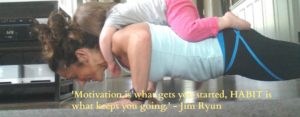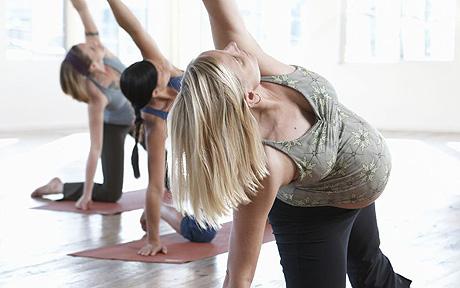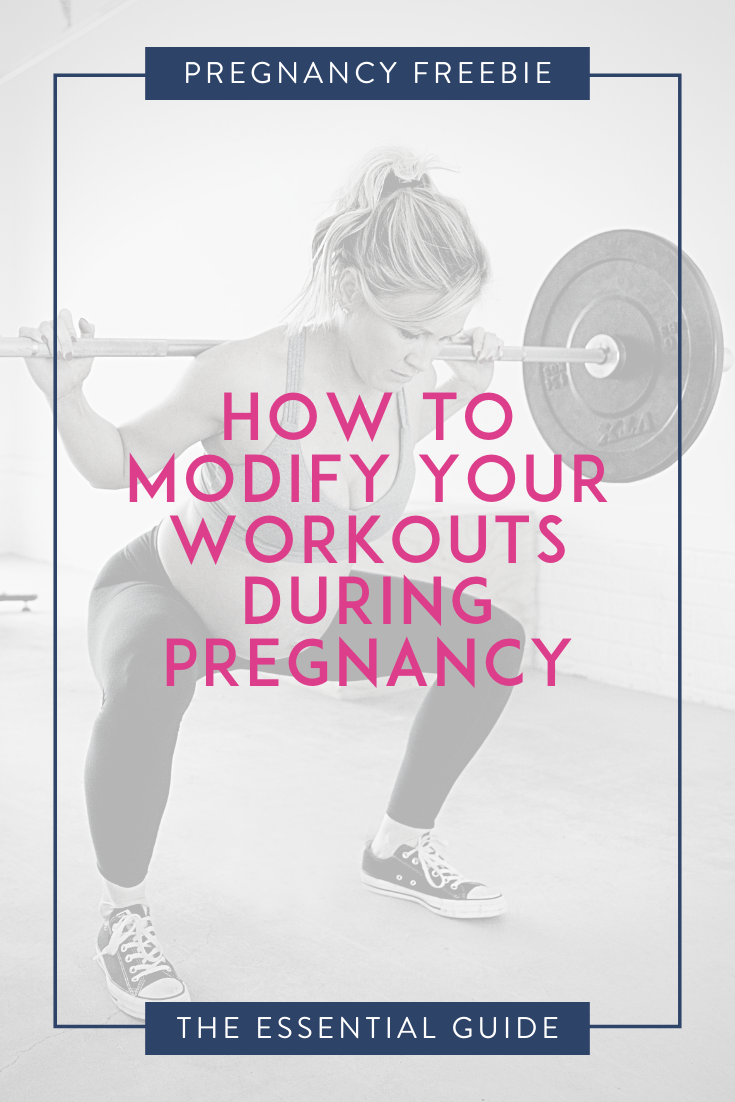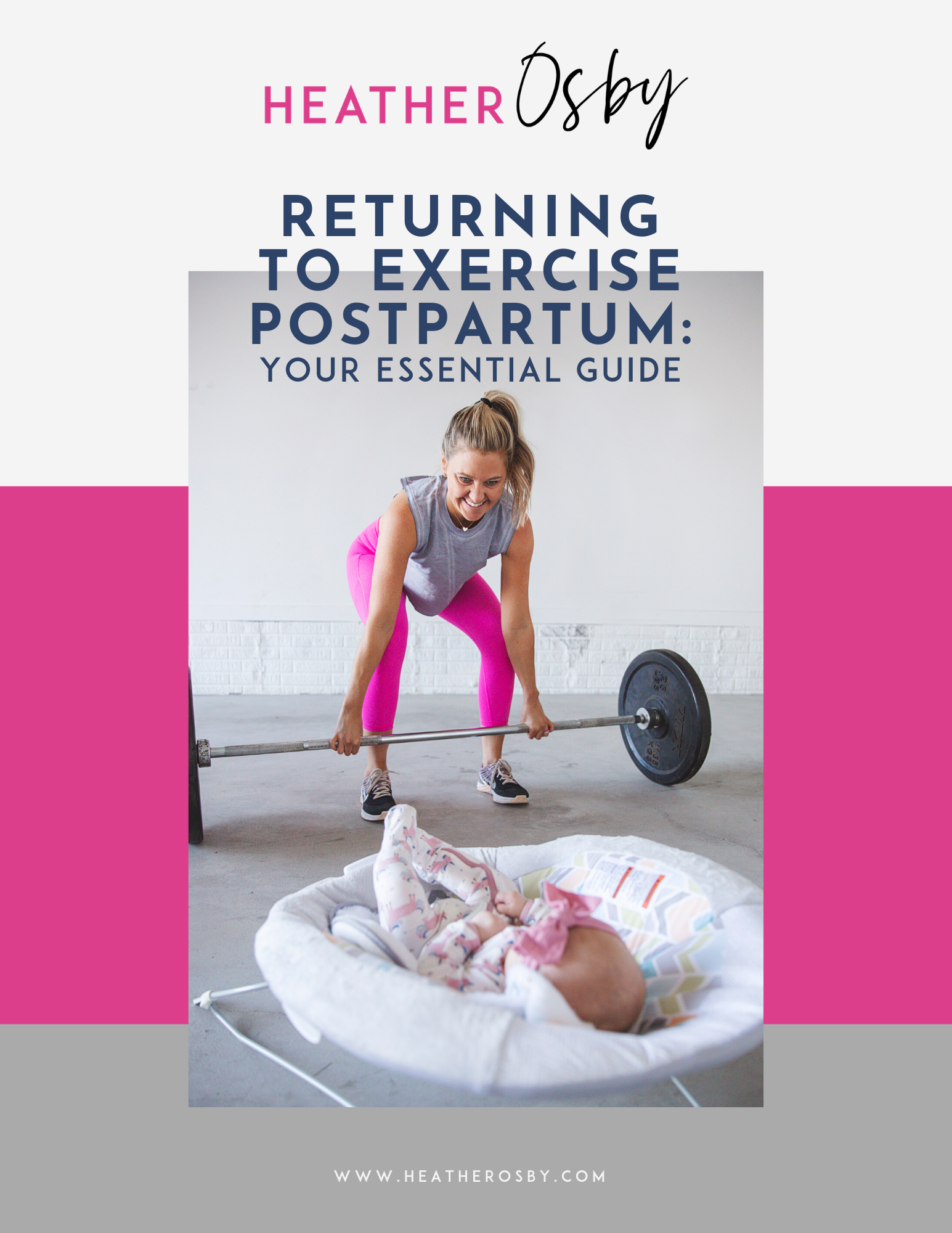Today’s Guest Blog is from one of my favorites! Krissy Moore is an inspriation to all mama’s out there. A personal trainer, stay at home mom to 3 beautiful babes, and a kick ass wife. Check out her full bio below.
Pregnancy is such a wonderful, amazing, life changing experience. It’s a time that most woman embrace their bodies and try to do what’s right for themselves and their growing baby. When it comes to exercising during pregnancy, if one was to go online and start researching what to do, or not do, they may drive themselves crazy with all the mixed messages out there. Not to mention, other people they speak to who will have their own opinion on the matter as well. Truth is, there is no “one size fits all,” when it comes to exercising while pregnant. Whether this is your 1st or 5th pregnancy, there are certain guidelines one should follow that may help them along the way to staying healthy, fit and safe during this exciting time and also set you on the right track to getting back into shape postpartum as well!
1) Always speak with your doctor first about your current situation, fitness level and concerns before you start any new fitness program. Also make sure there are no contraindications to exercising during your pregnancy. Your doctor can go thru these with you, if any, and set a game plan for you. Make sure you let them know the types of physical activity you do as well.
2) Most importantly, LISTEN to your body. If something doesn’t feel right, it’s probably not the right thing to be doing. Every pregnancy is different too! I have been a runner for about 20 years now, and when I got pregnant with my first, I got dizzy during one of my runs and it turned me off to running during that pregnancy. I picked it up again right after delivery and ran thru my second pregnancy and 3rd and current pregnancy and feel great. Listen to your body though. If you do run, you may feel great during that 3 mile run today, and then in 2 days go to run again, and not feel up for it. IT’S OKAY! Your body may need fuel, rest or relaxation that day, so just be in tune with that. This goes for lifting and other types of workouts as well. Just as your body is going thru a transformation, so should your mindset on being ok with continuously modifying your workouts based on how you feel and what your body is telling you.
3) As stated, “one size does NOT fit all” when it comes to prenatal fitness. One who does WOD’s with Crossfit may be able to lift and feel 100% ok with a 20lb bar, versus someone who only uses 2lb. dumbbells. They are at different levels, train at different levels, and therefore their pregnancy activity should be tailored to their pre pregnancy ability. Although this is NOT the time to train to exhaustion and fatigue, you can still get a great workout continuing to do what you did before getting pregnant with small modifications along the way.
4) The idea of keeping the heart rate below 140bpm is far outdated. Before I got my pre/post natal training certification, all I read about for pregnant woman during exercise was to ‘keep their HR under 140 bpm. This was before I actually became pregnant myself, but always thought this number seemed like it would be pretty low for me for instance, especially since I could do a run at light to moderate intensity and my HR would be at 160-170 bpm pre pregnancy. About 10 years ago, the American Congress of Obstetricians and Gynecologists (ACOG), redefined their recommendations on this. Most health care providers will now recommend you use the Borg Rate of Received Exertion to monitor and keep track of how you feel during exercise,( http://www.cdc.gov/physicalactivity/everyone/measuring/exertion.html). During pregnancy, your heart rate response changes considerably. In early pregnancy, it increases since there is not enough blood in your system for the heart to pump the usual amount with each beat, so it ends up pumping more often. This was also the first sign for me, that I KNEW I was pregnant all 3 times. I could walk up a flight of stairs holding my 19 month old in my first trimester and my heart rate would be so high, without exerting myself physically. I could then go out and run 4 miles in my second trimester and my HR would not get as high as that walk up the stairs! As your pregnancy goes on, your blood volume increases, and your heart is able to pump more blood with each beat, so therefore doesn’t have to beat as often, so HR falls, similar to what it may have been pre conception. Bottom line, monitor your HR, but more by how you feel during your workouts rather then a solely relying on a number.
5) Don’t forget your core work and strength training! If possible, start incorporating weight training and core work before conception, but do not forget to continue working on it during. Even though soon after the first trimester you should no longer lay on your back to perform abdominal work (which puts excessive pressure on the vena cava diminishing blood flow to the brain and uterus), you can still safe and effectively work your core. This is so important in getting your strength and body back postpartum, as well as for injury prevention. Core / functional exercises that require you to work in a neutral spine are some of the most beneficial exercises to perform while pregnant. Sitting on an exercise ball and performing your core/ strength work is great during pregnancy since it will require the neutral spine position throughout. Using machines are good, but most of the time the pads take you out of that neutral spine position and require you to flatten your back or even arch your back, therefore using less core strength/stability. Power therefore is build in the limbs instead of the functional area of the core that you want to focus on. Using proper form, some great resistance exercises that do require core stabilization and will help build strength are lunges and squats, upper and lower body cable, bar and dumbbell work either in a seated position or standing, pelvic tilt exercises, seated or standing transverse isolation exercises, along with many seated pilates exercises and yoga postures.
6) With all the talk of exercise, I must also address the ‘eating for two’ myth during pregnancy. Throughout pregnancy, your appetite will change based on what your body is going thru. During your first trimester, the fetus is only the size of a pea, so aside from ‘cravings’ you may have, there really isn’t much need for adding a ton more calories. By the second and third trimester, your baby has grown considerably and is putting on weight every week. At this point, it’s recommended you add about 200-300 calories a day. You should be gaining about 1-2 pounds a week in the third trimester as well. What KINDS of food is very important. Remember, your baby isn’t eating steak or vegetables per say. The baby instead is getting the vitamins, nutrients, proteins, fats and carbs from these foods. Make sure you are not getting all those ‘bonus’ baby calories a day for the from junk food. Make it count. For me, I get nauseous in the first trimester, but never sick. I lost my appetite, but made sure the foods I did put in came from fruits, veges and proteins. I also would eat nuts and raisins for the iron. My appetite increases in my second and that is when I usually start to put on weight. I will admit, I do love my ice cream, but in moderation just as before I got pregnant. Shoot for quality though over quantity. By the end of the third trimester, there isn’t much room for big meals, so for the most part I still will get 4-6 smaller meals throughout the day. It is much easier for me to get the smaller meals down and digest without the heartburn and indigestion. Everyone is different, so see what works for you!
Maintaining your exercise routine throughout your pregnancy is so beneficial for both you and your growing baby. It can also help alleviate some pregnancy symptoms and discomforts as well, not to mention relieving stress and keeping you strong and healthy for delivery and postpartum demands of caring for a baby. If you were physically active before you became pregnant, you can continue your activity with modifications throughout. If you were not active before, speak with your doctor about incorporating a fitness routine into your schedule that would benefit you. You can even seek out a fitness professional who specializes in pre/post natal fitness at your local gym to get your started after you have spoken with your doctor. Enjoy the journey, be safe and healthy! You are doing something amazing not only for yourself, but for that growing baby inside!
Looking for a quick workout to get your body moving today? Follow along with Krissy in this quick, but intense workout that you can do at home. Krissy demonstrates while 28 weeks pregnant and gives modifications for you pregnant peeps. Check it out!
Krissy Moore is a certified personal trainer and gro up ex instructor in the northern NJ area. After years of training and teaching at a couple top NYC and NJ fitness clubs, Krissy left the fitness industry to have her first child in 2009. Late in 2011, she gave birth to her second, and made it her mission to get into the best shape of her life. At 37, she did that, and turned her focus to helping woman realize their potential no matter their age, fitness level, or how many children they’ve birthed! Now at 38, she just gave birth to her third child in December 2013, and is currently training privately, and teaching multiple fitness classes in Northern NJ. Krissy specializes in pre/post natal health and fitness, boxing and kickboxing and is an active BodyRocker herself! She wants to help others achieve their health goals in life, and to understand they can make that change they visualize in themselves physically and mentally no matter where they’re at, how far they’ve come, or where they now what to go!
up ex instructor in the northern NJ area. After years of training and teaching at a couple top NYC and NJ fitness clubs, Krissy left the fitness industry to have her first child in 2009. Late in 2011, she gave birth to her second, and made it her mission to get into the best shape of her life. At 37, she did that, and turned her focus to helping woman realize their potential no matter their age, fitness level, or how many children they’ve birthed! Now at 38, she just gave birth to her third child in December 2013, and is currently training privately, and teaching multiple fitness classes in Northern NJ. Krissy specializes in pre/post natal health and fitness, boxing and kickboxing and is an active BodyRocker herself! She wants to help others achieve their health goals in life, and to understand they can make that change they visualize in themselves physically and mentally no matter where they’re at, how far they’ve come, or where they now what to go!
Want to see more from Krissy? You can find her here:
Blog: www.moorefitness.com
Writer: www.dailyhiit.com
Facebook: https://www.facebook.com/





